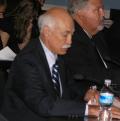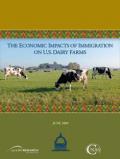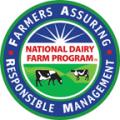As dairy farmers throughout the country continue to face a pressing financial crisis in their industry, dozens of members of the House of Representatives announced last week that they will reform and reactivate the Congressional Dairy Farmer Caucus.
Led by Caucus Co-Chairs Reps. Joe Courtney (CT), Peter Welch (VT), Devin Nunes (CA) and Tim Walz (MN), and joined by Caucus Vice Chairs Tom Petri (WI), Tom Rooney (FL), Chris Lee (NY) and Harry Teague (NM), the organization will help facilitate better interaction between elected officials and dairy producers from across the country. The bipartisan caucus will work with dairy industry leaders to reach common sense solutions to address both the current dairy crisis, as well as other issues of concern to the dairy producer community.
"The complexities of dairy policy, and the diverse size and scope of dairy farming in the U.S., means that we need a forum in Congress for dairy farmers to interact with their elected officials. The Dairy Farmer Caucus will help facilitate the communication between, and education of, members of Congress and the farmers they represent," said Jerry Kozak, President and CEO of NMPF.
The Congressional Dairy Farmer Caucus was initially started in 2006 to provide a bipartisan forum, involving both House and Senate members, to collaborate on policy issues that addressed the interests of dairy producers nationwide.
"Preserving a vibrant dairy producer community in America is essential to maintaining the health of rural communities across the country, and critical to securing continued access to wholesome, fresh, American-made foods," Kozak said. "We appreciate the leaders of the Dairy Farmer Caucus investing their time and energies in this effort, and look forward to an ongoing dialogue with them about the federal policies that can best help the American dairy producer community prosper."
Kozak said that a national, bipartisan organization will help build consensus on Capitol Hill on the range of issues affecting farms of all sizes in all regions. He added that the Caucus would also help NMPF and its members communicate with the variety of regulatory agencies involved in milk production, such as the U.S. Department of Agriculture, the Food and Drug Administration, the Environmental Protection Agency, and the U.S. Trade Representative, among others.








